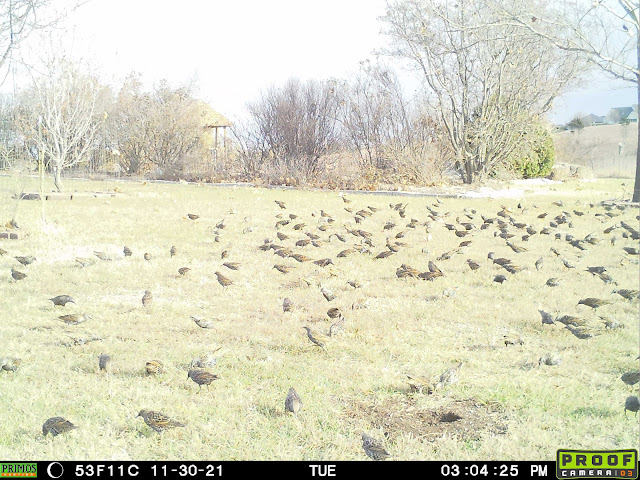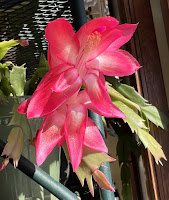Creatures creep in my garden fair,
They sneak and crawl, go here and there.
They run, they jump, they eat, they fight,
They wander there most every night.

I think my garden mine alone,
They think the garden theirs to roam.
When nighttime falls, then out they come,
They're feeding off of my green thumb.
Deer and skunks and squirrels and coons,
 The garden mine in afternoons.
The garden mine in afternoons.
At night, the garden, creatures own,
They sit upon my garden throne.
Share I must, I must not kill,
 The creatures linger out there still.
The creatures linger out there still.
I surrender all to them each night,
They cede the garden, mine each light.
ProfessorRoush collected his game cameras last month and I was surprised, as always, by the life of my garden at night. I was less enthused at the skunk that made an appearance, but she seemed to be just wandering through. The coyotes are the most frequent visitors, patrolling the beds for rodents and generally just slinking around every night.

But, I recognize that life in the garden is fleeting, here one minute and gone the next minute, just like the sudden starlings in the photo above and the empty ground a few seconds later of the photo below. Notice the time stamp on these two pictures. Life is fleeting in the garden.

.jpg)
.jpg)
.jpg)
.jpg)
.jpg)
.jpg)
.jpg)
.jpg)
.jpg)
.jpg)
.jpg)
.jpg)
.jpg)
.jpg)







































